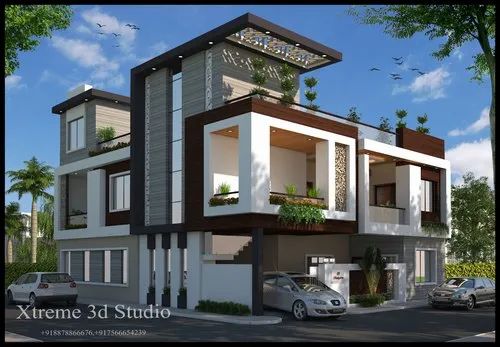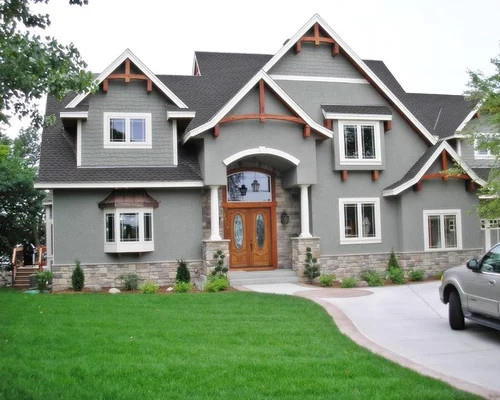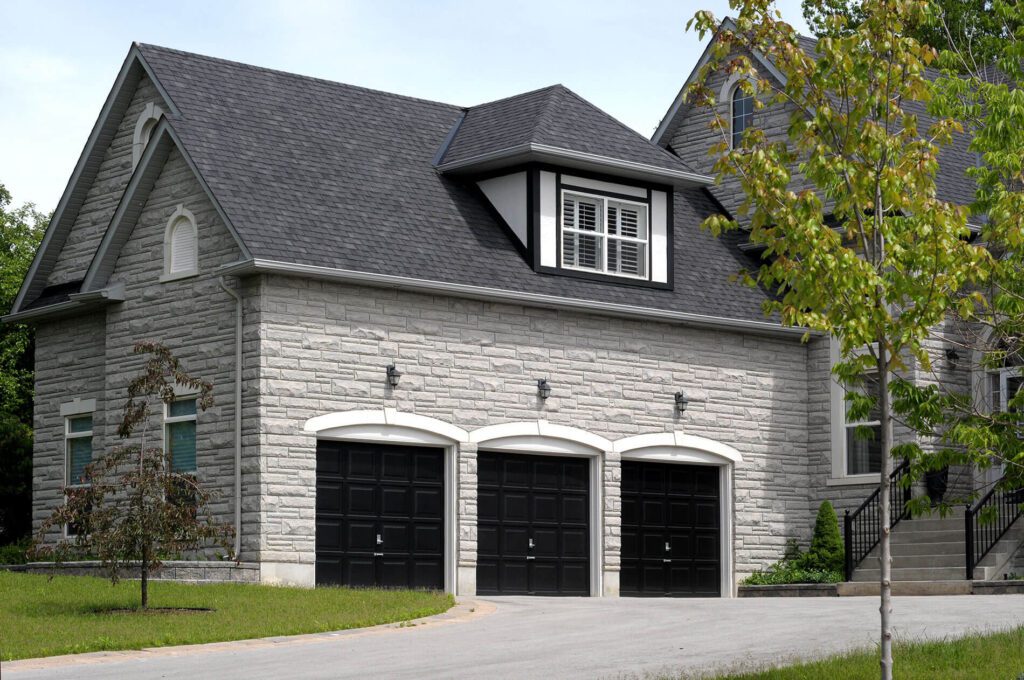
Green house colors are perfect for adding elegance and natural beauty to your home's exterior. These colors can be used with stone, masonry, wood, and other natural materials. They also give your home a peaceful, earthy look. These shades can be used with many architectural styles.
It is important that you choose the right hue of green to accent your home's exterior. You want the color to be appealing to both you and potential buyers. The best colors will stand out from the rest and won't clash with other colours. This will help you increase your home's value.
The classic, neutral hue of olive green works well with many colors. It works well with black, white, brown and other colors. This subtle, earthy hue is easy to match with other natural elements such as stone and red brick. It's also a good choice for modern homes.

Evergreen Fog is a peaceful, mellow color that can be paired with other nature-inspired themes. It works well with both dark and light accents. It will create a home that is warm and comfortable. It's a great option for anyone who wants to infuse their home with a sense wellness.
Sussex Green is another popular choice for your home's exterior. It's a modern shade that is sophisticated with hints reminiscent of charcoal black. This shade is ideal for Victorian-inspired homes. It's one of Benjamin Moore's Historic Color collections.
A darker shade of green will give your home a traditional look. For Victorian-era homes, a deep, rich color like Benjamin Moore's Black Forest Green is a great choice. It is also suitable for small houses with minimal exterior details. It's especially striking in the entryway.
Aegean Olive has a natural color that is rich in browns, but it also has a slight earthy touch. It's an ideal choice for farmhouses, but it can also work well in modern homes. It's soothing to the eye and helps you relax.

The Grassy Savannah has a sophisticated mixture of colors. It is a complex and beautiful color scheme that will add depth to your home. It works well with both light and dark neutrals and is a good choice for homes with an eclectic architecture style.
Sage green is a stylish and modern choice for your exterior. It is soothing, yet it provides stunning light that is both striking and soothing. It works well with dark brown shutters, and off-white trim. It can be used anywhere, from a farmhouse home to a luxury contemporary home.
Choose one of these colors to get started when designing your home's exterior. They will help create a stunning home you are proud to be. And, they'll help your home stand out among other homes in the neighborhood.
FAQ
What should I consider when buying a new home?
Before purchasing a new home, make sure that you have enough money saved up to cover closing costs. You might consider refinancing your mortgage if you don't have enough money.
Can I rent a dumpster?
Yes, you can rent a dumpster to help you dispose of debris after completing your home renovation. A dumpster can be rented to help keep your yard clean and free of trash.
How much does it take to renovate a home?
Renovations typically cost anywhere from $5,000 to $50,000. Most homeowners spend around $10,000 to $20,000 on renovations.
How can I avoid getting ripped off when renovating my house?
You can avoid being ripped off by knowing exactly what you are getting. Read the fine print before signing any contract. Do not sign unsigned contracts. Always request a copy of any signed contracts.
Statistics
- It is advisable, however, to have a contingency of 10–20 per cent to allow for the unexpected expenses that can arise when renovating older homes. (realhomes.com)
- A final payment of, say, 5% to 10% will be due when the space is livable and usable (your contract probably will say "substantial completion"). (kiplinger.com)
- They'll usually lend up to 90% of your home's "as-completed" value, but no more than $424,100 in most locales or $636,150 in high-cost areas. (kiplinger.com)
- Most lenders will lend you up to 75% or 80% of the appraised value of your home, but some will go higher. (kiplinger.com)
- On jumbo loans of more than $636,150, you'll be able to borrow up to 80% of the home's completed value. (kiplinger.com)
External Links
How To
Do you prefer to renovate the interior or exterior?
Which should I choose first?
There are many factors to consider when deciding which project to start with. The most common factor when choosing a project is whether it is old or newly built. You should consider the condition and age of the roof, windows, doors, flooring, electric system, etc. The location, style, number of rooms and size of a new building are all important aspects.
If your building is very old, you should first look at its roof. If the roof looks like it could fall apart any day now, then you might want to get started on the renovation before anything else. If your roof is intact, you can proceed to the next phase. Next, look at the windows. If the windows are dirty or broken, you may need them to be replaced. Next, clean the doors and ensure that they are free of debris. If everything looks good, you can start to lay the flooring. You should ensure that the flooring does not crack or become unstable no matter how many times you walk on them. After you have completed these steps, you can move on the walls. You can now examine the walls to check for cracks or damage. If the wall looks good, you can proceed to the next stage. You can now inspect the ceiling. The ceiling should be inspected to make sure it can support any weight that you might place on it. Then you can start your renovations if all goes well.
If your building was constructed recently, you might want to look at the exterior. First, examine the outside of the house. Is it clean? Is it free from cracks? Is it in good condition? If it doesn't look good, you need to fix it. You don’t want to make your home look bad. Next, examine the foundation. You should repair any foundation that appears weak. Also, inspect your driveway. It should be level and smooth. If it isn't, then you should probably fix it. Check the sidewalk as well. If the sidewalk is uneven, it should be replaced.
Once these areas are checked, you should move on to the inside of the house. Look at the kitchen first. Is it clean and well kept? If it is messy, then you should probably clean it up. Next, make sure to inspect the appliances. The appliances should be in good working order. If they are not in good condition, you should either purchase new cabinets or fix them. Next, inspect the cabinets. If they are stained or scratched, then you should probably paint them. You can then move on to the bathroom if they are in good condition. You should inspect the toilet here. If it leaks, it is time to get a new one. If the surface is just dirty, it should be washed. Next, examine all the fixtures. Make sure they're clean. You should clean them if they are stained. Lastly, check the countertops. They should be repainted if they are chipped or cracked. Use a sealant if they're shiny and smooth.
The last step is to check the furniture. Make sure that none of it is missing or broken. You should find what is missing if it is not there. You should fix anything broken. Once everything is in order, you can then move on to the next step.